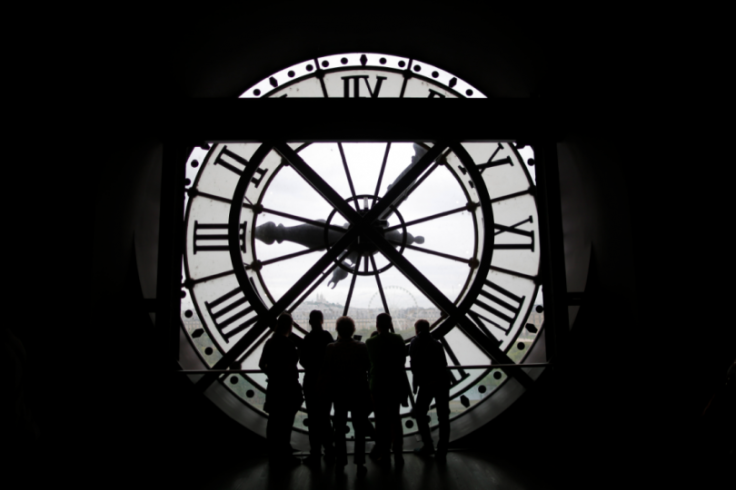Daylight Saving Time 2016: Why And When Do The Clocks Go Back Every Fall?

Daylight Saving Time is just around the corner and that means one thing: It’s time to change the clock. This also means that Americans will have an extra hour to sleep as clocks will be set back by an hour.
The change happens every year, and still, you might be asking yourself what the purpose is behind Daylight Saving Time.
As the name implies, Daylight Saving Time is meant to save daylight. As the days get longer in the summer, the best way to maximize the daylight hours is to set the clocks ahead. In the same way, during the winter, when the days get shorter clocks are turned back an hour to get as much light out of the day during the most active hours.
According to the U.S. National Institute of Standards and Technology, the Energy Policy Act of 2005 lengthened DST by about one month “in the interest of reducing energy consumption.” However, Congress can still “revert to the prior law should the change prove unpopular or if energy savings are not significant.”
This change also provides other benefits including increasing economic productivity and even improving personal health.
Daylight Saving Time, which is also called Fall Back and Winter Time, often ends on the last day of October. However, in 2016, it will end on Nov. 6 at 2 a.m. and people in the U.S. will have to go back an hour. On this day, sunrise and sunset will be about one hour earlier than on Nov. 5.
© Copyright IBTimes 2025. All rights reserved.





















